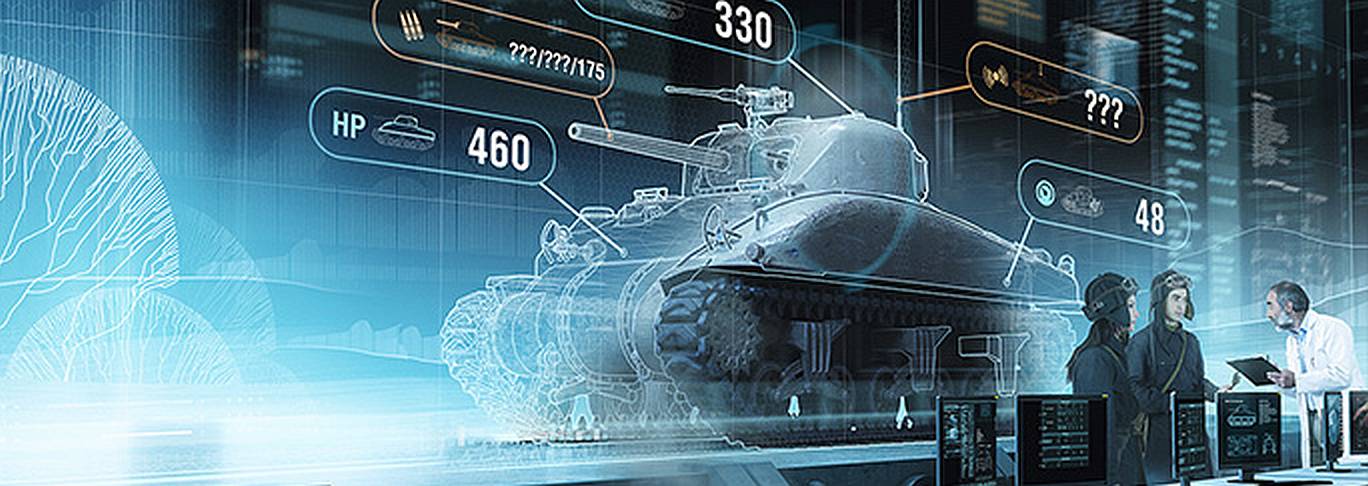„A week has passed since we started testing the changes to SPGs and we are now ready to make the first changes to the Stun mechanic. The main goal of these changes is to increase the Stun’s influence on heavy tanks and to make it easier for allied vehicles to fight stunned vehicles on the enemy team.
To achieve this:
The guaranteed Stun time was increased from 30% to 45% of the maximum shell Stun time.
This change is being made to ensure that heavily armored vehicles remain stunned for longer. In the previous iteration heavily armored tanks weren’t stunned for long enough due to their significant protection against incoming damage. What’s important here is that we’re not prolonging the duration of the Stun in general — we’re only adjusting the minimum guaranteed duration. This should increase the stun duration for well-armored vehicles, while leaving LT’s and MT’s mainly unaffected.
The Stun’s de-buff to accuracy was increased by 50% from 1.25 to 1.75.
The objective of this change is to reduce the combat effectiveness of a stunned vehicle. Currently the Stun mainly affects the vehicle’s mobility, meaning that once stunned it’s more difficult for the affected vehicle to evade enemy fire. Now a stunned enemy vehicle poses less of a threat to you and your allies.
In practice SPGs rarely fire at vehicles that are vulnerable to allied fire, while vehicles that are out of reach of allies are stunned and damaged more often. Stunned vehicles were still able to return fire very effectively, causing the same amount of damage with the same penetration value. This meant that attacking a stunned vehicle was not really any less risky than before.
From now on stunned vehicles will no longer be able to return fire as accurately, making it safer to attack them.
Thank you for participating in the testing and providing us with your feedback! We hope to continue re-balancing the SPG class together with you and we look forward to getting your feedback on the updated Stun mechanic.
The above changes will take effect around February 13, 1:00 CET (UTC+1)”

